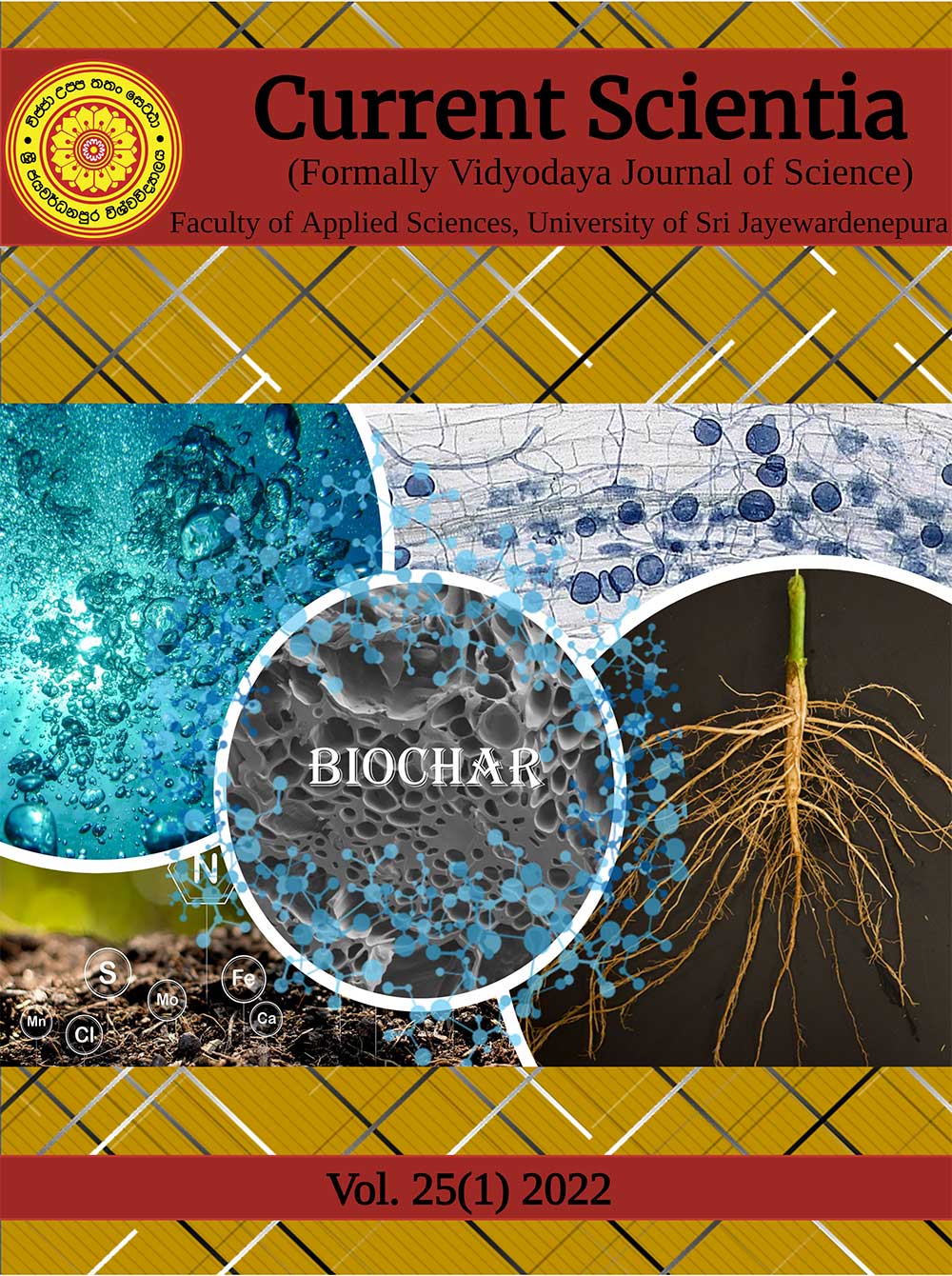Synthesis, Characterization and Remarkable Anticancer Activity of Rhenium Complexes Containing Biphenyl Appended NNN Donor Sulfonamide Ligands
DOI:
https://doi.org/10.31357/vjs.v25i01.5928Abstract
Neutral and cationic rhenium complexes provide both hydrophilic as well as hydrophobic properties due to the robustness of the tridentate ligand system of biphenyl appended dipicolylamine (N(SO2bip)dpa) and diethylenetriamine (N(SO2bip)dienH) coordinated to the [Re(CO)3]+ core, hold immense potential for the development of metal based anticancer drugs. This was achieved by the synthesis of two ligands (L1: N(SO2bip)dpa and L2: (N(SO2bip)dienH) and their corresponding Re complexes (C1: [Re(CO)3(N(SO2bip)dpa)]PF6 and C2: [Re(CO)3(N(SO2bip)dien)] in good yield and high purity. All four compounds were characterized by 1H NMR, UV-Vis, FTIR spectroscopies and L1, also by single crystal X-ray diffraction. The methylene protons observed as a singlet at (4.59 ppm) in a 1H NMR spectrum of L1 appear as two doublets (5.66 and 4.65 ppm) in the spectrum of C1. The appearance of NH signals at 3.48, 5.17 and 6.69 ppm in the 1H NMR spectrum of C2 confirm the coordination of L2 with Re. The stretching vibration frequencies depicted by the S-N bond at 923 cm-1 for L1 appear towards lower frequencies (821 cm-1) in an FTIR spectrum of C1, while the S-N bond at 943 cm-1 for L2 appears towards higher frequencies (968 cm-1) in C2. In silico assessment of drug likeliness revealed zero violations demonstrating a high likeliness of the ligands to be successful as drug leads. All four compounds have shown very low IC50 values against non-small cell lung cancer cells (NCI-H292). Therefore, L1, C1, L2 and C2 are promising novel compounds that can be further investigated as potential anticancer agents.
Keywords: Rhenium Tricarbonyl, Sulfonamide, Anticancer, Fluorescence.




